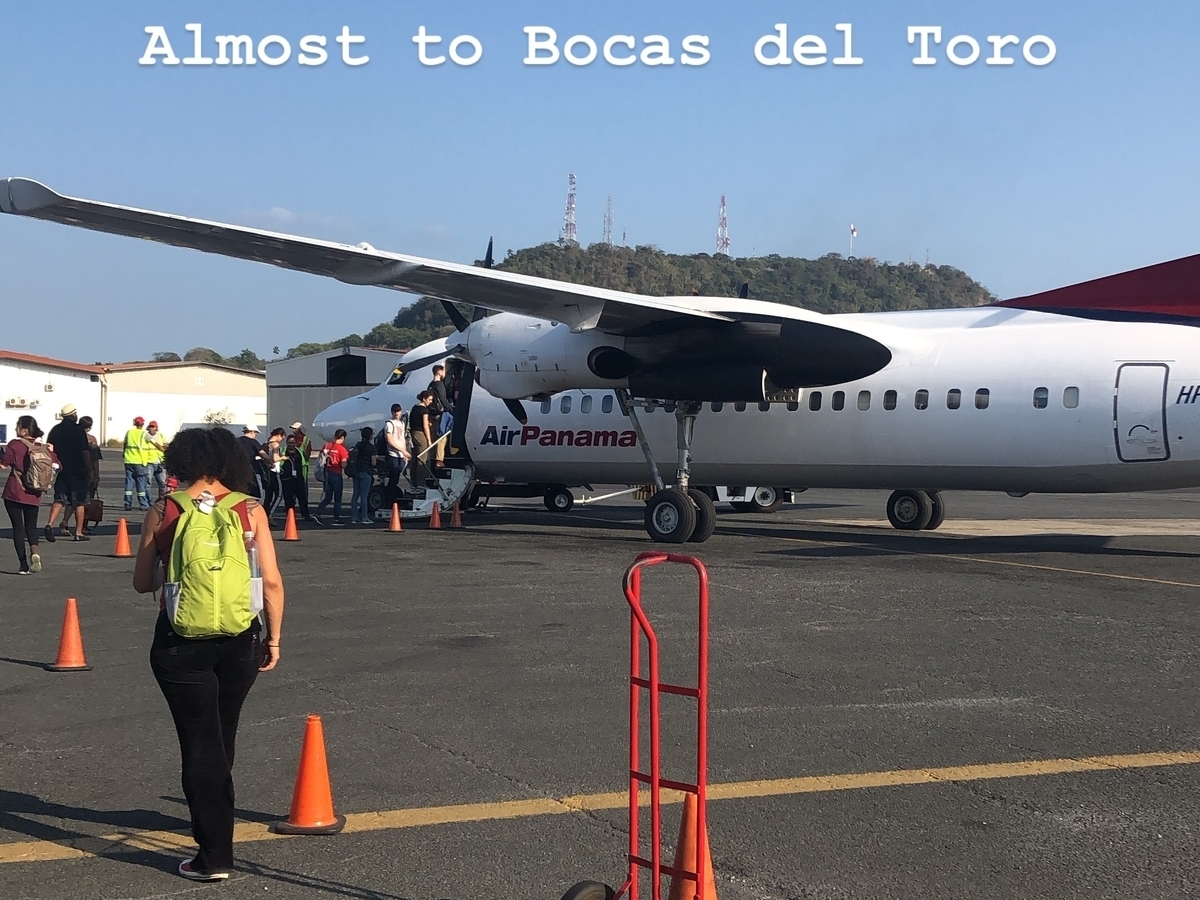
Retreat Leaders must consider the travel implications while . The three key considerations are: cost, length of the travel day, and comfort level of the transportation. Today we are going to dig into the considerations cost has on the yoga retreat planning:
Cost
Understanding the cost of getting the yoga retreat participants from their home to the retreat starting point involves deciding how much of the cost the retreat leader will include in their retail price, and finding reputable transportation partners. The first step is to decide how much of the travel will be arranged and paid for by the retreat leader from the retail price.
The hands off approach:
Some retreat leaders leave it up to the participant to arrive at their selected location by the kick-off of the retreat. The advantage is that the retreat leader does not have to plan any of the travel logistics, so they save time and avoid yoga retreat planning work they don’t feel confident performing. However, participants view their yoga retreat budget as the sum of the retail price, the cost of their travel, and the time it takes to arrange their travel. As such, leaving a large amount of the planning to the potential participant increases their time burden and their travel budget, and makes it harder to understand the total cost of the yoga retreat. Together, this creates more hurdles for potential participants to join the retreat. Furthermore, the retreat leader also doesn’t understand the travel budget of the participant, making it harder to determine the optimal retail price. As such, profits are usually left on the table.
All inclusive except airfare:
We always use the “all inclusive except airfare” approach to packaging travel into the retreat. In this way, the yoga retreat leader is able to control the costs, length of travel day, and comfort of transportation for their guests. As such, the retreat leader is able to price the trip in the smartest way possible to maximize signups and profitability, and ensure that the participant’s experience is as comfortable as possible. However, the administrative burden is greater for the person doing the yoga retreat planning.
Flight Parameters
The retreat leader needs to assign flight parameters for arrivals and departures. Flight parameters allow the yoga retreat leader to condense arrivals and departures to a manageable time frame. Prior to setting the parameters, perform some research on available flights from the airports the participants will be using to arrive. This research will become the basis for a “recommended flights” announcement later in the planning process. It also serves as an education on the one cost the retreat leader isn’t managing: the cost of the flight. Knowing the average flight cost allows the retreat leader to calculate the total cost of the yoga retreat for their participants, and to tweak the retail pricing accordingly.
Transportation vendors
All participant flight information must be gathered, reviewed and confirmed. This information is necessary to schedule the airport pickups, and monitor potential flight interruptions. A transportation vendor must be contracted to perform the airport pickups. Transportation can generally be arranged by the lodging vendor you have in place for the first night. However, the hotels/resorts/guest houses generally have a commission in place with the vendors, which could mean additional cost to the yoga retreat leader of $200+. TripAdvisor is a great source for finding reputable private transport companies. Effective yoga retreat planning means knowing your options and saving money where it’s easy to do so.
Communicating the plan
Regardless, work very closely with your point of contact to understand how many people each vehicle can hold, with luggage! Use your best judgement for comfort, don’t over pack vehicles if you can help it! Instruct the drivers to have a sign indicating they are the driver for your group, and confirm where they will be waiting as well. Collect the driver’s cell phone number, and make sure you can reach them directly. Finally, communicate all this arrival information clearly to the participants in an email 24-48 hours before they take off. That is close enough to when they fly that the information will be fresh in their minds, and near the top of their email inbox. Information sent weeks in advance is usually not retained by the yoga retreat participants!
Understanding the costs
The transportation vendors will be able to provide a quote, either by vehicle or by person, for the cost of the airport pick-up and drop-off. Confirm with the vendor how travel interruptions might affect the cost. Flight delays should be accounted for in their quote. Providing transportation to yoga retreat participants in groups of 3 or more people will always end up being more economical than if they had planned their own private rides. This difference of $15-50 per person can be profit for the retreat leader, earned through the yoga retreat planning work.
Providing “all inclusive except airfare” yoga retreat travel packages creates more administrative work. However, it reduces the hurdles a potential participant must get over to signup, creates an easier and more comfortable experience, and allows the retreat leader to maximize profits by understanding all the travel costs. Of course, SolSeed professionally manages all these logistics, so the retreat leader can focus on settling in and leading an amazing yoga retreat!
In the next installment of Yoga Retreat Planning Tips, we’ll take a closer look at managing length of travel and participant comfort, so that the destination you choose is set up for a successful yoga retreat!



